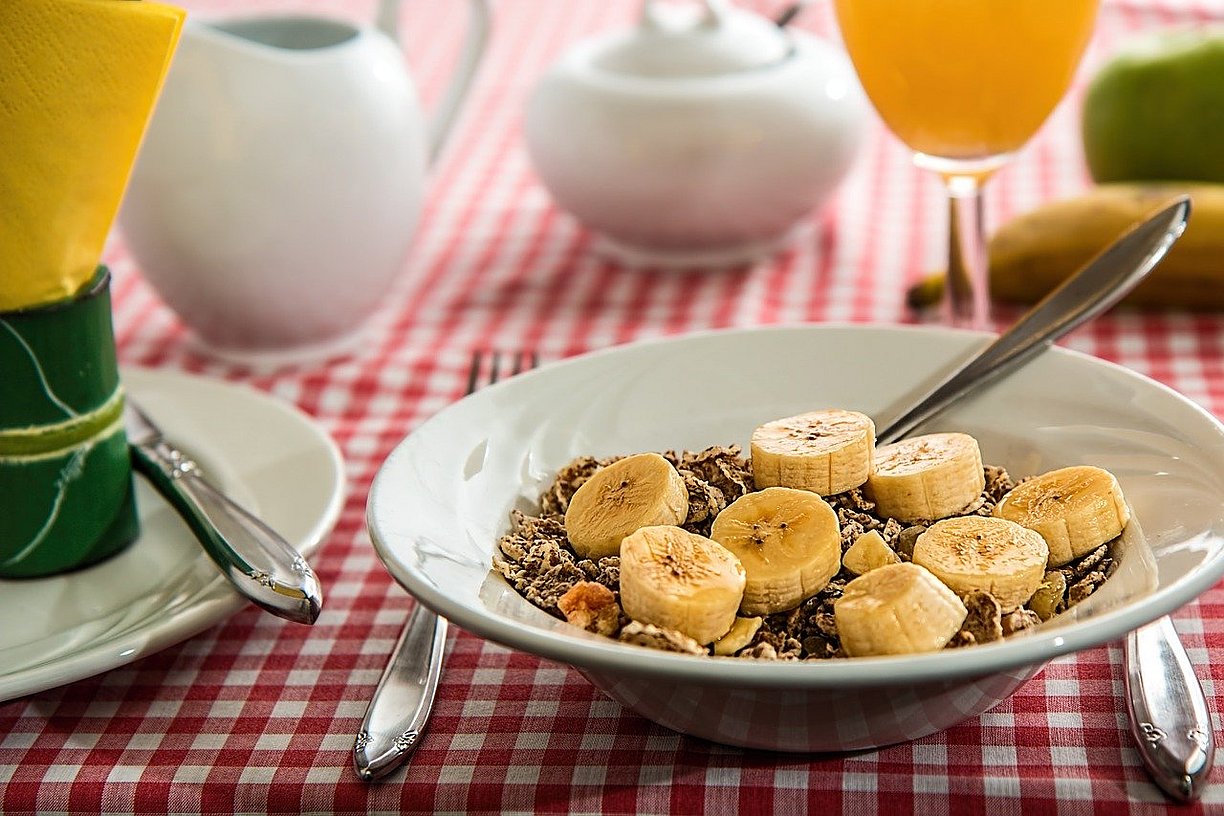5 Powdery Plant-Based Proteins that will Feed the World of Tomorrow
amixon® vacuum mix dryers/reactors can effectively sterilize natural products
Download amixon® Whitepaper "Plant-based Manufacturing & New Product Development"
Earth is home to more than 20,000 species of edible plants, but less than 20 of these species constitute 90% of our diets.
Diversifying the crops used in the production of plant-based proteins is an important piece of the puzzle when it comes to building a secure supply chain, developing new products, and bringing down the cost of production for plant-based foods.
Especially in powder form, plant proteins are highly versatile ingredients, making them ideal for incorporation into all sorts of recipes. But every new powdery ingredient presents unique processing challenges. Because different powders display tremendously different physical properties, high-performance industrial mixing equipment is needed to create high-quality plant-based food products at scale.
As producers of plant-based foods are looking into innovative new ways to source healthy, ethical, and tasty ingredients, the mixing technologists at amixon® are anticipating growing diversity in the ingredients processed in our state-of-the-art mixers, blenders, and dryers.
Here are five up-and-coming plant-based proteins that you can expect to see and eat more of in the near future:
1. Rapeseed powder

The oil-rich seeds of the rapeseed flower are used all around the world to produce vegetable oils and animal feed. But despite widespread cultivation across Europe, North America, and Australia, the golden-blossoming rapeseed plant is currently used for little else.
A new decision from the European Food Safety Authority may soon change this: powdered rapeseed has received novel food authorization for use in further food applications. When ground rapeseed is processed in a way that reduces the content of antinutrients such as erucic acid, what emerges is a powder with a balanced profile of amino acids, high protein, and lots of fiber.
Posed to become a profitable and versatile ingredient, powdered rapeseed can be used in breakfast cereals, granolas, breads, baking mixes, meat replacements, and snack foods.
2. Hempseed flour

Hemp has over 25,000 possible applications from making clothing, to skincare products, to dietary supplements and food products. However, hemp’s relation to its psychoactive cousin marijuana has made it a difficult crop to make a business out of. Many regions still have outdated laws that make no distinction between the two plants, and transporting the crop can often result in confusion and suspicion.
As governments around the world begin to revise restrictions on hemp, ground hemp seeds are becoming increasingly popular in food products. Hemp flour is not only high in protein, but being an excellent source of amino acids and fiber, it is some of the most digestible protein on the market.
Though hemp flour has no gluten and doesn’t rise, it can be mixed with wheat flour to restore the macro- and micro-nutritional profile of baked goods and add a rich, nutty flavor. The addition of hemp to baking mixtures also yields production benefits by reducing proofing and baking times.
3. Duckweed protein

Also known as water lentils, duckweed is a flowering aquatic plant that floats just beneath the surface of the water in wetland regions. The plant reproduces through asexual budding, so it grows rapidly. Because duckweed is capable of doubling its biomass in just 24 hours, it can be harvested daily and requires no chemicals to grow.
But the agricultural advantages of duckweed aren’t all that makes this plant-based protein source so promising. With a neutral yet slightly sweet taste and a composition that is 65-70% hydrolyzed protein, duckweed powder can be added to just about any recipe to improve its texture and nutritional value.
Duckweed is posed to see increasing adoption in nutraceutical products such as sports nutrition powders, as well as in baking mixtures and meat analogues.
4. Amaranth flour

Global market for gluten-free flour is on the rise. And with it, the world is rediscovering amaranth, an ancient grain that has been cultivated by humans for more than 8,000 years.
Amaranth comes from the Greek for “immortal,” and its seeds can be ground into a fragrant flour for flatbreads. The Aztecs used amaranth as a staple food for tamales, tortillas, and porridges.
A single, 100g serving of amaranth contains roughly 20% of an adult’s daily necessary protein intake, and can be a valuable source of fiber, folic acid, vitamin B6, pantothenic acid, manganese, magnesium, phosphorus, iron, and selenium.
We expect to see more products using amaranth powder developed specifically for gluten-free consumers in the European and North American markets. Look out for amaranth in breakfast cereals, breads, pastas, and frozen goods like waffles.
5. Teff

Teff is an ancient grain made from the ground seeds of a lovegrass species native to the Eastern Horn of Africa. Teff is perhaps best known as the protein-rich flour behind the sweet and earthy flavor of Ethiopian injera flatbread.
But the fragrant taste of teff isn’t the only reason demand is rising. Teff is rich in calcium and can be leavened in a way that most gluten-free flours cannot, helping achieve a spongey, airy consistency that many wheat-free foods are missing.
Demand for teff is growing such that farmers outside of East Africa are experimenting with the crop. From Brandenburg, Germany to Idaho, USA, teff fields are now being planted and harvested in many different regions around the world.
As the global supply of teff increases, we expect to see it become especially popular in gluten-free baking mixes for desserts, pancakes, breads, and more.
Learn more about the challenges facing the growing plant-based foods industry
Is your production line and blending system ready for the plant-based future of food?
Download amixon® Whitepaper "Plant-based Manufacturing & New Product Development"
© Copyright by amixon GmbH






